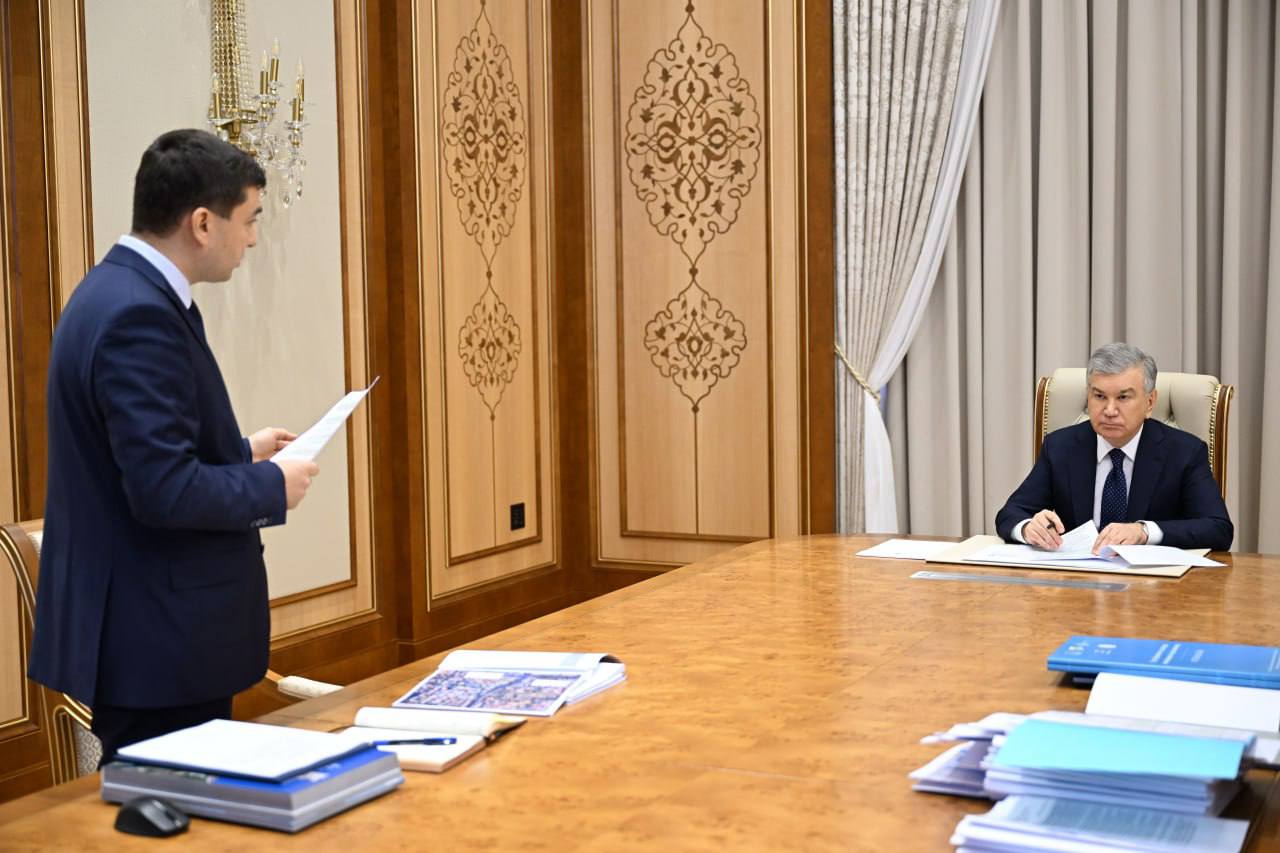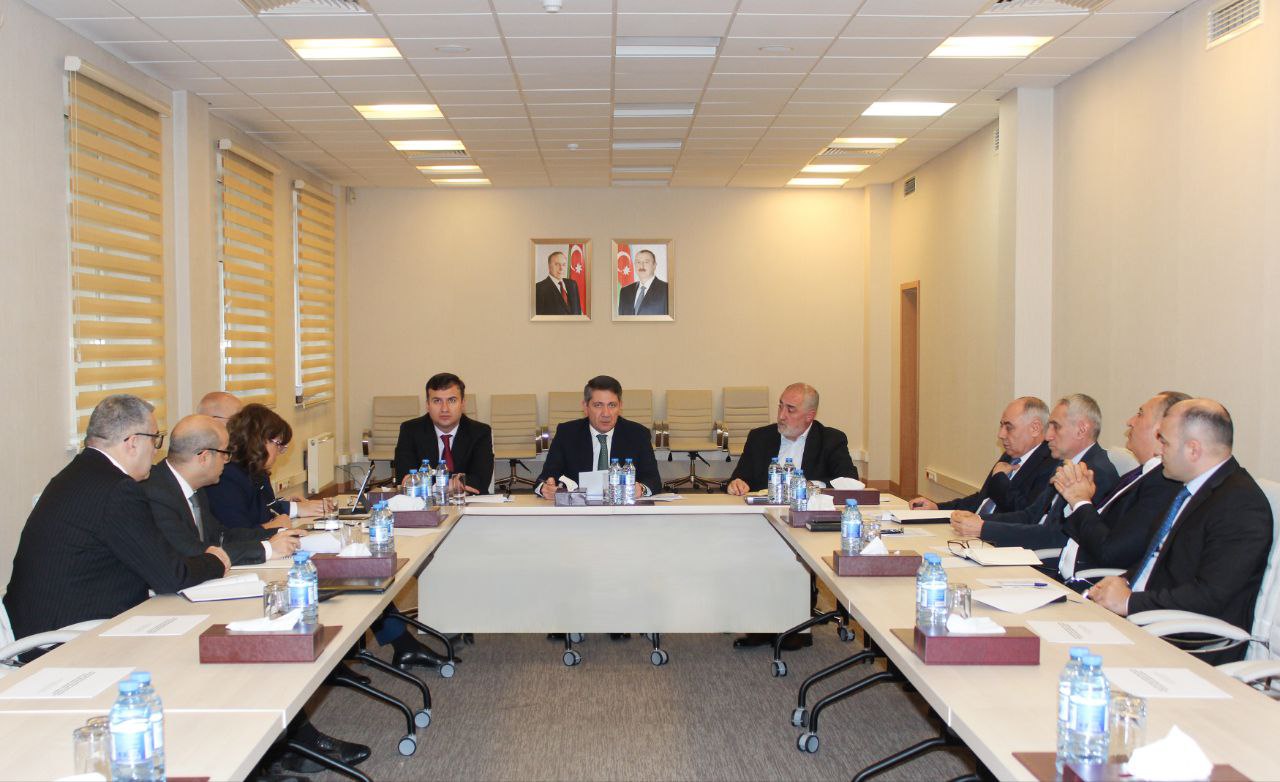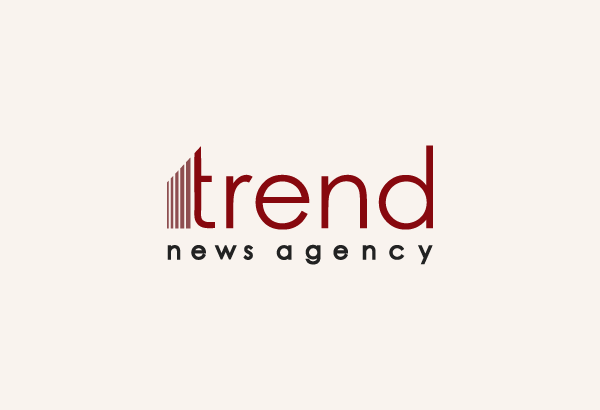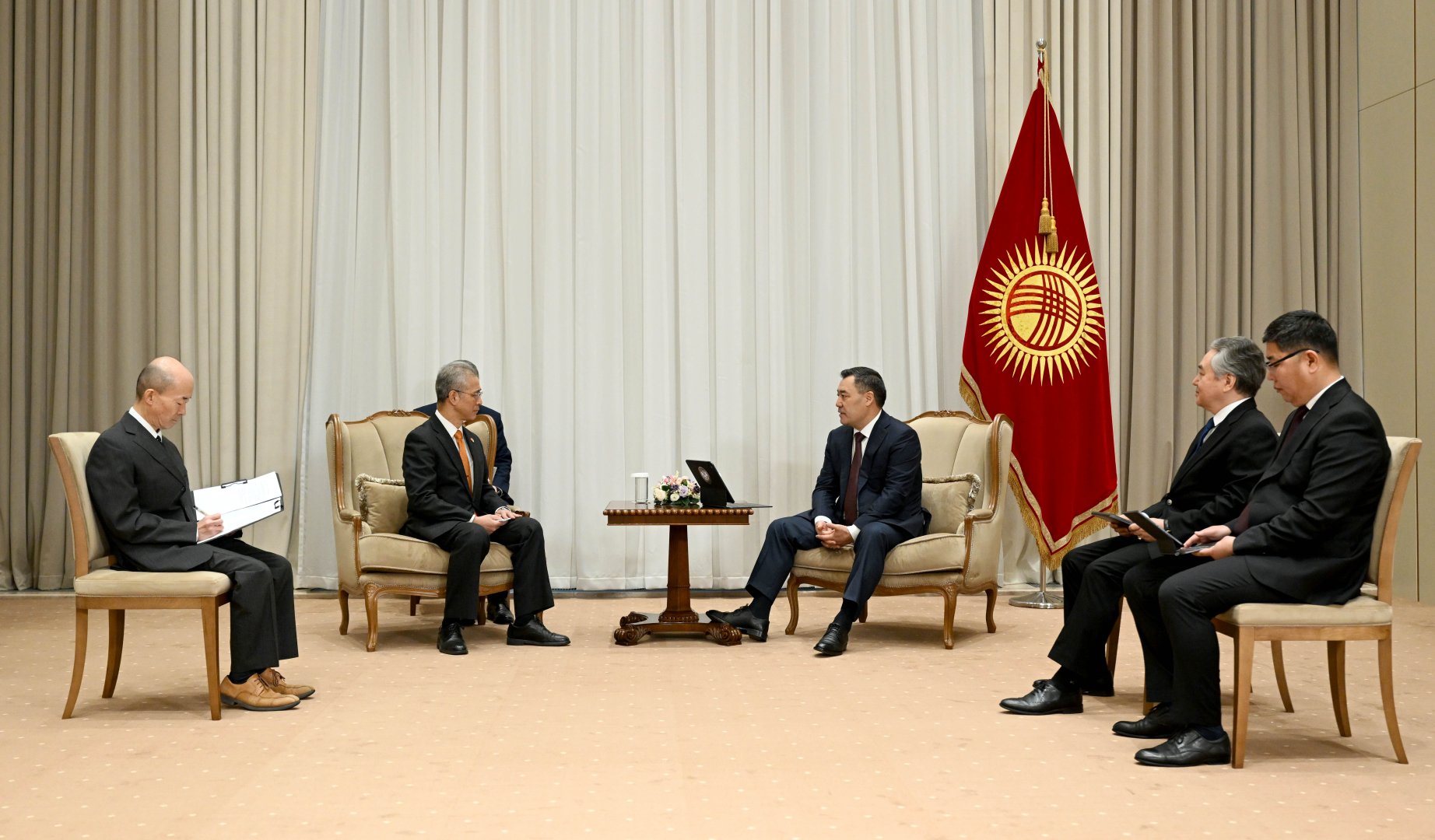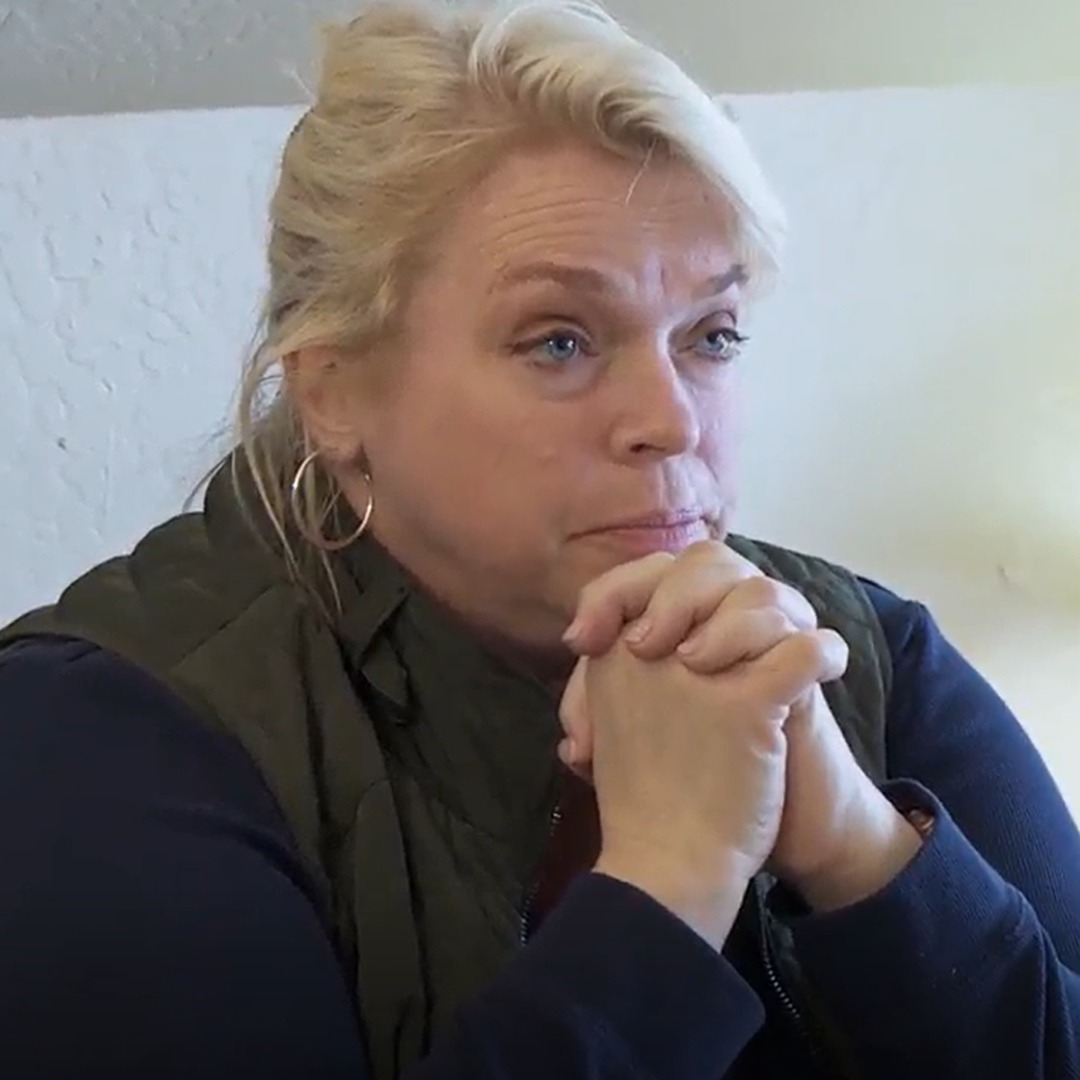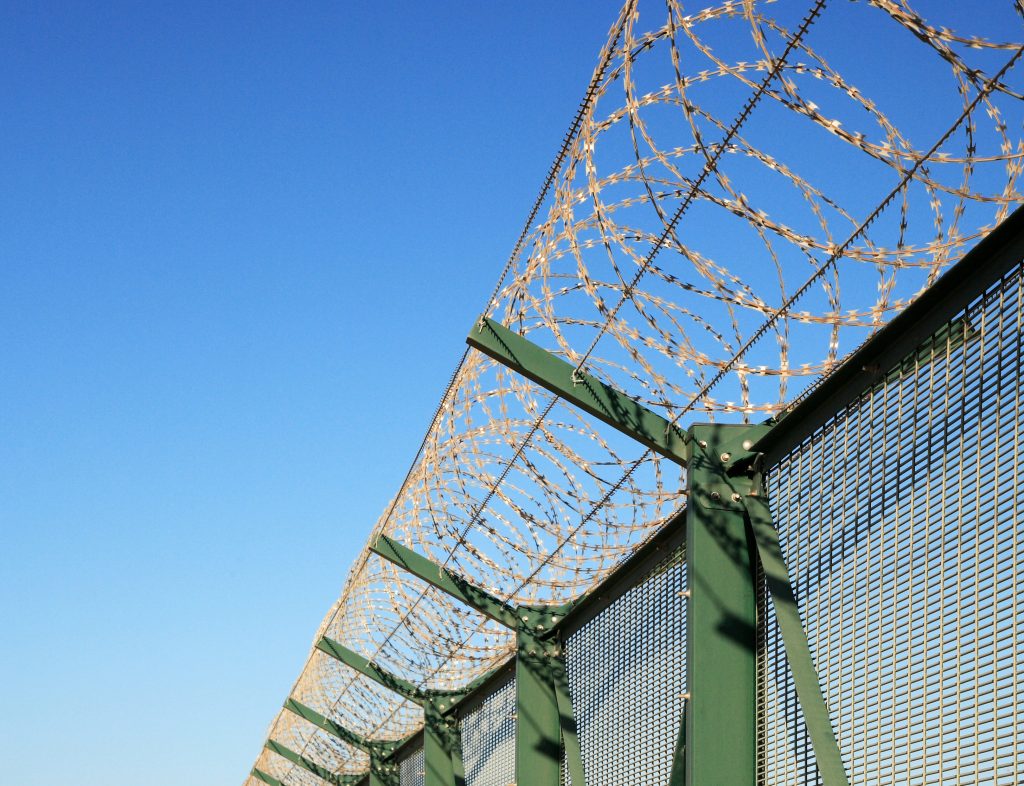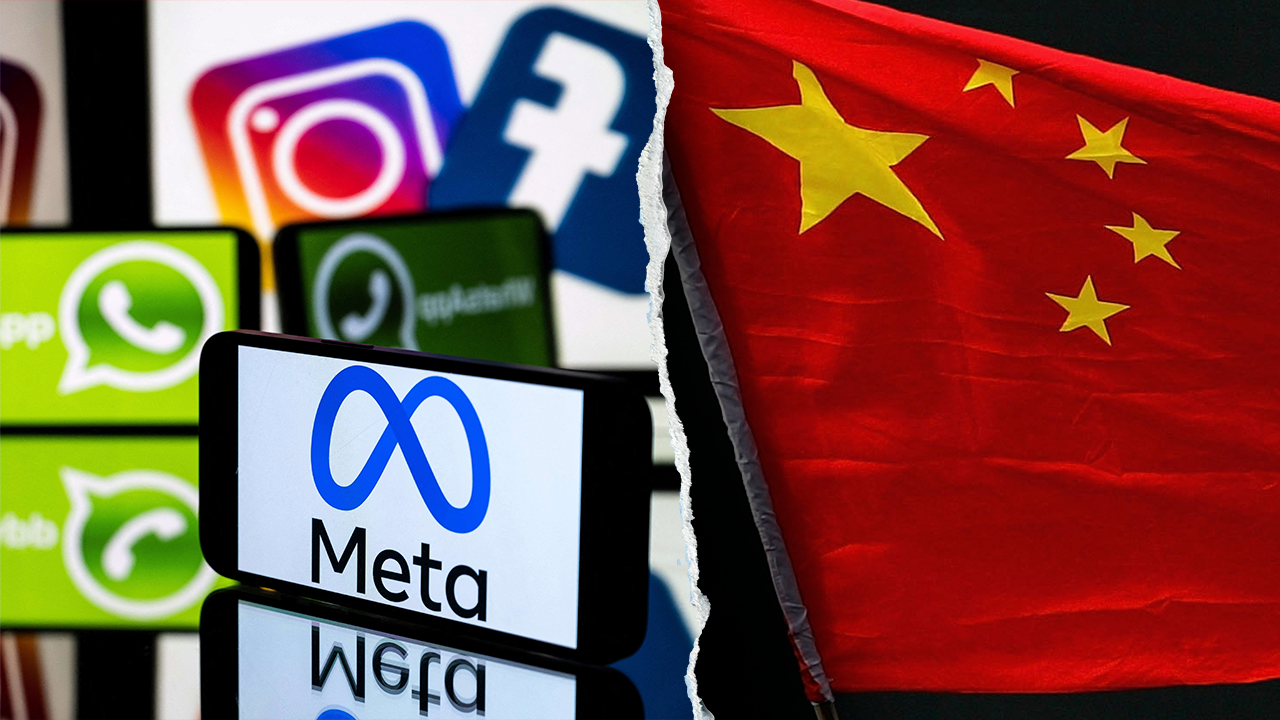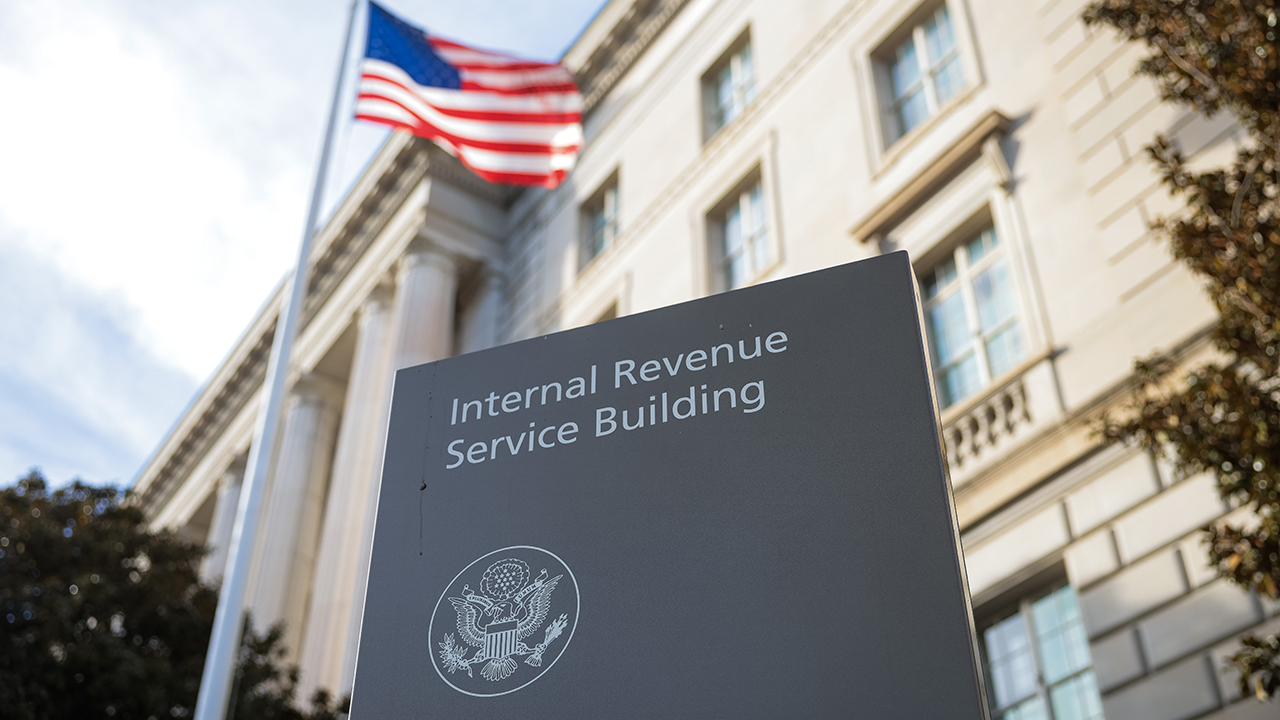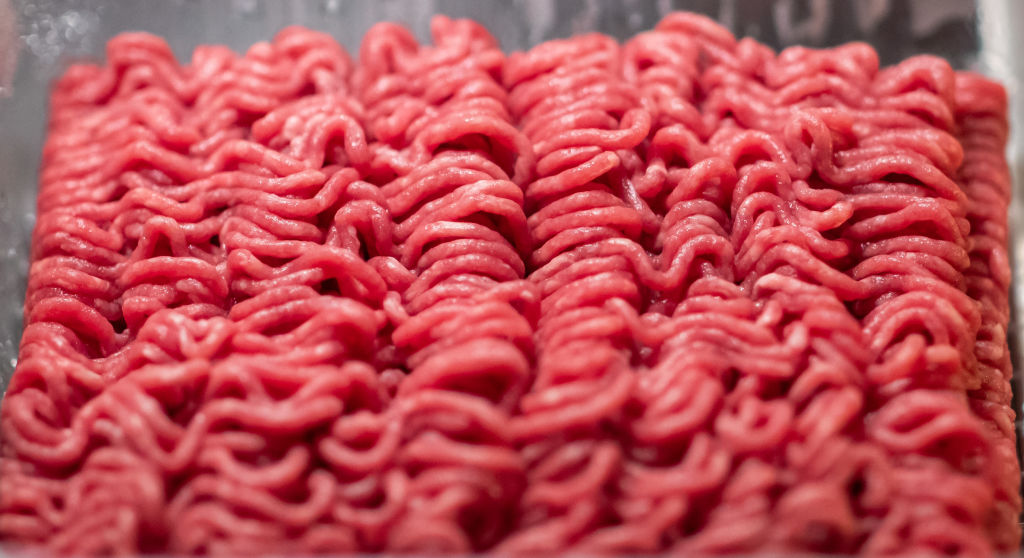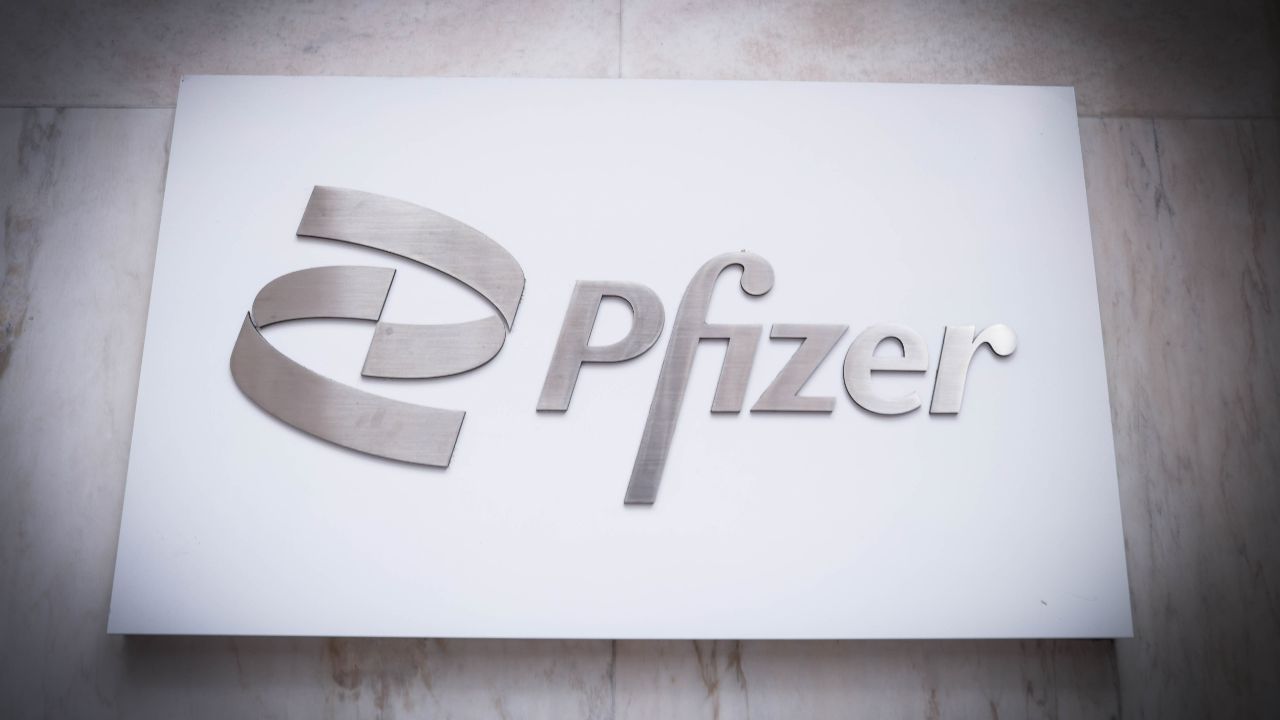Building Stability in Uncertain Markets: How Precious Metals Continue to Support European Investors
In today’s increasingly unpredictable financial environment, many market watchers across Europe are revisiting long-established safe-haven strategies, including the growing interest in physical gold and silver. Early in this shift, platforms such as SD Bullion have remained central reference points for understanding pricing trends, product types, and broader market dynamics, enabling investors to better navigate periods of volatility while maintaining long-term financial resilience.
A Shifting European Investment Landscape
Over the past decade, Europe has witnessed several waves of economic uncertainty, from abrupt geopolitical tensions to disruptions in global supply chains. These events have encouraged investors, both institutional and private, to diversify intelligently and adopt a more defensive posture in their portfolios. Precious metals, especially gold and silver, repeatedly emerge as core components of this strategy.
The European business community, covered extensively by platforms like EU Business News, has been placing renewed emphasis on diversification. While equities and real estate continue to play essential roles, many investors are increasingly aware that these assets tend to correlate strongly with economic cycles. Metals, on the other hand, provide a counterbalance due to their historical reputation for stability.
Why Precious Metals Remain Relevant in Europe
One reason the conversation around gold and silver remains prevalent in the European context is the growing awareness of systemic risk. Banking crises, inflation spikes, and exchange-rate fluctuations have consistently highlighted the need for stores of value that operate independently of financial institutions.
Investors focused on long-term preservation increasingly look for assets that are:
●Resistant to inflation and currency devaluation
●Easily tradable across borders
●Recognised globally regardless of political or economic conditions
Physical precious metals meet all these criteria, which explains their continued appeal among European investors seeking hedging strategies that go beyond mainstream asset classes.
A Renewed Interest in Tangible Assets
Another trend is the resurgence of interest in tangible assets. As technological investment products grow more complex, many individuals appreciate having part of their wealth held in a form they can physically possess. Gold bars, silver coins, and similar products offer a sense of security that digital assets cannot replicate, especially during periods of rapid policy changes.
Key Factors Driving European Gold and Silver Demand
Although demand for metals is global, certain drivers are particularly influential within Europe. Understanding these elements helps explain why analysts continue to monitor the sector closely.
Economic Pressures and Inflation Concerns
Europe has navigated several inflationary periods in recent years. Even when inflation begins to ease, consumer confidence typically recovers slowly. Investors remember how sharply purchasing power can erode, prompting them to seek assets that demonstrate resilience in inflationary conditions.
The Growing Role of Green Technologies
Silver, in particular, has gained attention due to its essential role in solar energy technology. With the EU committing strongly to renewable energy expansion, industrial demand for silver has increased. This industrial dimension gives silver dual value, positioning it as both a technological driver and a safe-haven asset.
Diversification Within Regulatory Frameworks
Across Europe, regulatory environments are evolving rapidly. Investors must adapt to changes in taxation, reporting requirements, and financial oversight. Owning physical metals can help balance exposure to regulatory shifts since they are typically treated differently from financial securities.
Practical Considerations for European Investors
Choosing how to incorporate precious metals into a portfolio involves various practical considerations. Investors often explore different formats and purchase strategies to optimise long-term benefits.
Some of the most common approaches include:
●Combining both gold and silver to balance stability with potential growth
●Selecting widely recognised bullion forms to simplify future resale
●Allocating a fixed percentage of the portfolio to metals as a long-term strategy
Understanding market cycles is also crucial. Prices fluctuate based on global economic sentiment, industrial demand, and geopolitical developments. Investors who keep informed are better positioned to buy during favorable conditions and hold through periods of volatility.
Balancing Traditional and Modern Approaches
While physical metals remain foundational, there is also growing interest in complementing them with digital insights, automated alerts, and real-time analysis tools. This combination of traditional assets with modern monitoring practices helps European investors blend security with agility in an increasingly data-driven environment.
The European Business Perspective on Long-Term Stability
From a broader economic viewpoint, the rise in interest toward precious metals signals a greater shift in how European professionals view long-term stability. Companies and individuals alike are prioritising resilience, not just short-term growth. This reorientation reflects lessons learned from recurring crises over the past decade.
As Europe continues to integrate sustainability, technological transformation, and resilience into its business identity, precious metals remain part of a well-rounded approach to stability. They may not replace traditional financial assets, but they complement them in ways that mitigate risk and reinforce confidence.
Strengthening Financial Security Through Strategic Asset Allocation
As European investors confront an environment shaped by rapid change, strategic allocation becomes more important than ever. Precious metals play a crucial role in this shift, offering a form of security that transcends short-term market cycles. Their historical reliability, combined with increasing industrial relevance and easy international recognition, ensures that gold and silver remain essential components of a diversified portfolio.
For readers following European business trends, the message is consistent: in uncertain conditions, balanced strategies matter. Precious metals continue to serve as a vital anchor in this balance, enabling investors to preserve value, navigate volatility, and maintain confidence amid a constantly evolving economic landscape.
The post Building Stability in Uncertain Markets: How Precious Metals Continue to Support European Investors appeared first on EU Business News.
